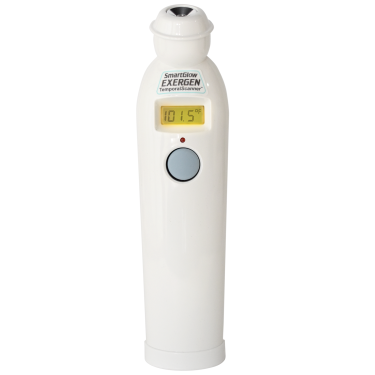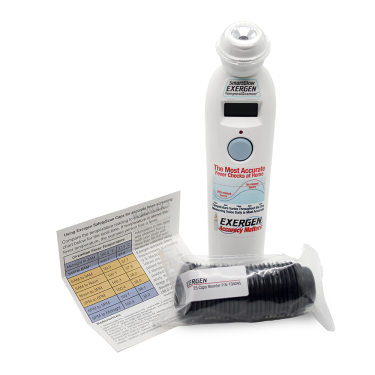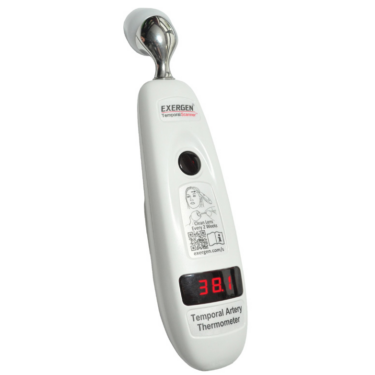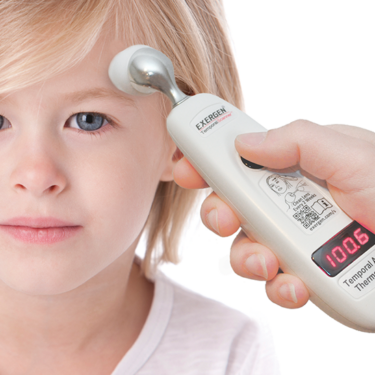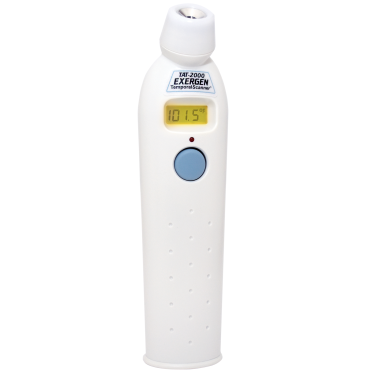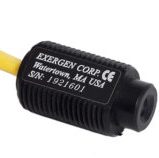Fever is one of the body’s most common signals of infection — but in older adults, it doesn’t always show up the way people expect. With age, the body’s baseline temperature tends to decrease slightly. As a result, even a mild rise in temperature can indicate that something is wrong. Yet this subtle change is often overlooked, particularly because classic symptoms like chills, sweating, or flushed skin may be entirely absent.
According to Northfield Hospital + Clinics, for seniors, a temperature above 37,2°C (99 F), a single reading over 38°C (100.4 F), or an increase of more than 1°C (2 F) from their normal baseline can all be signs of serious infection. But identifying these changes in time requires consistent monitoring — something many older adults and their caregivers may not think to do unless symptoms become more obvious.
A daily routine: check temperature twice daily
That’s where a simple daily routine can make a significant difference. Measuring body temperature twice a day — once in the morning and once in the evening — helps establish a reliable baseline and detect small fluctuations that may otherwise go unnoticed. This practice is particularly important because body temperature naturally fluctuates during the day. It’s typically lower in the morning and higher in the late afternoon or evening, which means that a single daily measurement might miss an emerging fever.
For caregivers, health workers, or family members, twice-daily temperature checks are a straightforward way to catch early signs of illness — but only if the right tools are used. While traditional oral or ear thermometers may work, they can be uncomfortable or difficult to use correctly, especially in individuals with cognitive impairments or physical limitations. That’s why non-invasive options are increasingly recommended for older adults.
A gentle scan across the forehead
One example is the Exergen Temporal Artery Thermometer, which takes a reading with a gentle scan across the forehead by gently touching it. This method is not only quick and comfortable but also clinically validated for its accuracy. Its ease of use makes it suitable for daily monitoring without causing stress or discomfort. Many healthcare providers use this technology in clinical settings, and it’s particularly well suited for home care as well.
Incorporating twice-daily checks into a daily routine doesn’t require complex planning. A simple reading before breakfast and another in the early evening can suffice. Recording the values over time provides a clearer picture of the person’s health and can highlight when something changes — for instance, a consistent upward trend over several days, or a sudden jump in temperature. In either case, having this information can prompt timely medical advice or intervention.
Peace of mind
Beyond spotting infections early, routine temperature monitoring in older adults offers peace of mind. It enables caregivers and family members to respond quickly rather than wait for more obvious signs, which may arrive too late. This is particularly relevant for conditions like pneumonia, urinary tract infections, and influenza, all of which can progress quickly in seniors.
Checking one’s body temperature twice daily with a reliable and non-invasive thermometer like the Exergen Temporal Artery Thermometer is therefore more than just a precaution — it’s a practical and evidence-based approach to elderly care. As Northfield Hospital + Clinics and other experts point out, fever in older adults often speaks quietly. With the right tools and habits, it becomes easier to hear what the body is trying to say.
Source,
- Northfield Hospital, https://www.northfieldhospital.org/news/recognizing-fever-older-adults
Exergen P/N 850479
